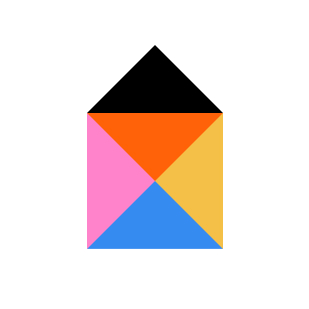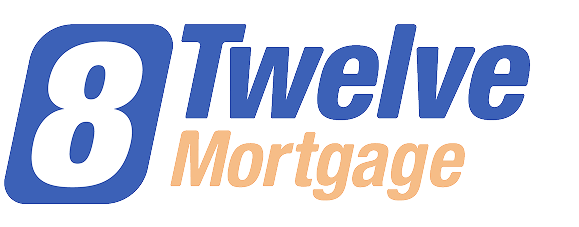
Summary
- The Registered Retirement Savings Plan (RRSP) is an account that helps you save for retirement with fewer tax obligations.
- RRSPs are meant for retirement, so withdrawing money from them will subject you to taxes.
- The Home Buyers’ Plan is a program within the RRSP that lets you use some of your RRSP funds for your first home.
- Eligible Canadians can use up to $35,000 from their RRSPs for their first home, but they must pay it back within 15 years.
Over one-fifth of Canadian taxpayers contributed to a Registered Retirement Savings Plan (RRSP) in 2021.
You might assume people do it for stability in their senior years — which is a prominent goal. But another big reason people contribute to their RRSP is for the Home Buyers’ Plan, a common tool Canadians use to mitigate the burden of costly down payments and tax obligations.
Down payments can feel overwhelming, especially paired with all the taxes Canadians pay.
We’ll walk you through how the Home Buyers’ Plan helps you leverage RRSP funds for your first home, pros and cons.
What is an RRSP?
RRSP stands for Registered Retirement Savings Plan.
It’s an account product meant to help Canadians minimize tax burdens as they save for retirement. You can contribute up to 18% of your annual income (with a limit of $29,210 per year) and deduct that from your taxable income.
Once you turn 65, you can withdraw all those funds for retirement, unless you use the $35K Home Buyer’s Plan withdrawal allowance to purchase your first home.
What is the Home Buyers’ Plan?
The Home Buyers’ Plan (HBP) is a program that allows eligible Canadians to withdraw funds early from their RRSP to put toward a property down payment. You can withdraw up to $35,000, but you’ll have to repay it to your RRSP within 15 years.
Plus, you have a few requirements to consider. For starters, you can’t use your RRSP to buy that beachfront villa in Costa Rica. Qualifying homes must be located in Canada. Furthermore, they must be for shares large enough to entitle you to possess the home. A small share that gives you only tenancy isn’t eligible.
Here are a few more eligibility requirements for the HBP:
- You’re a first-time homebuyer.
- You have a written agreement to purchase a qualifying home (for yourself or a family member with a disability).
- You’re a Canadian resident from the time you withdraw RRSP funds to the time you purchased your qualifying home.
- You must use the home as your primary residence.
The end benefit here is that you can save on taxes you’d otherwise have to pay on $35,000 of your income.
But the HBP still has a few hiccups you should consider.
Pros and cons of the Home Buyers’ Plan
Pros:
1. Awesome for couples
Looking to buy with your sweetheart? If you each have $35,000 in your RRSPs, you can use a total of $70,000 for that down payment. That’s over half the amount you’ll need for an average Toronto condo purchase. Not too shabby!
2. Interest-free
Borrowing funds from your RRSP works like an interest-free loan. You might look to other lending sources to chip into your down payment, but you’ll 100% have to pay for the funds via high interest fees.
3. Combined tax savings
Using RRSP money for your first home helps you minimize the taxes you’ll have to pay. Remember, you can contribute just over $29,000 (or 18% of your annual income) to your RRSP every year tax-free.
And if you surpass that contribution?
You can use the First Home Savings Account to contribute more tax-free funds to your property purchase.
Cons:
1. Doesn’t make much of a dent if you’re buying solo.
Unless you want to pay an average of 2%-4% of your property price each month in mortgage insurance, you’ll need a 20% down payment.
In Toronto, that looks like $126,000 to $254,000. These are based on Q1 2023 average Toronto property prices for condominiums ($630,000) and detached houses ($1,270,000).
Semi-detached home and condo townhouse average prices fall in between.
So you can leverage $35,000 from your RRSP for your down payment. That helps…we suppose. But frankly, that number feels small compared to the massive down payment amount you’ll need for a Toronto home.
2. You have to pay it back within 15 years.
If you use RRSP funds for your first home, you’ll have to factor repayment into your budget. At the end of the day, your RRSP offers tax benefits for your retirement, not your first home.
Meaning? You’re on the hook to replenish your RRSP if you withdraw funds for your first home. This might feel stressful, considering all the additional home expenses you’ll have to budget for.





